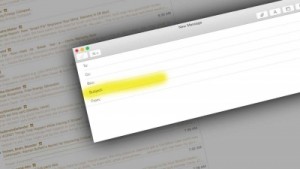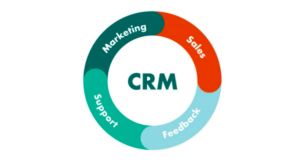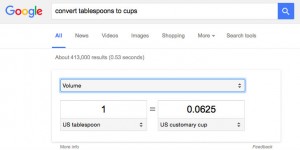Text limitations on social media are key to maintaining site usability. Imagine Twitter without a character limit or Facebook without truncated bodies of text—it would take ages to weed through the feeds to find content you were actually interested in.
While these limits make for a much better user experience, they also can be a bit troublesome for brands trying to to sell their products or services. So how can brands entice audiences within a limited amount space? By including unique imagery.
The title of this post reflects some basic math: If a picture is worth 1,000 words, and the average length of an English word is five letters, it would take you 35.71 Tweets to tell the same story you could with an image. That’s why it’s so important to include images in your social posts.
4 Tools to Create Unique Social Images
We’re not all artists by nature. Fortunately, there are plenty of tools that make designing images much easier.
1. Fotor
If you already have enough images on hand and just need to make them more design friendly, check out the collage tool Fotor. Choose from one of many templates, and plug in your own photos to create a unique collage to share across your networks.

Collages are a good choice when mocking up images for Instagram and Facebook, as the size in which the collage displays will keep each picture clear.
2. Recite
Recite makes it easy to create designs out of your favorite quotes. Find some wise words—whether from your CEO or your favorite Jedi—and turn them into a unique social post.

Quotes are a smart way to round out your social media editorial calendar or if you’re in a pinch and need content quickly. That’s why these types of posts are best for Twitter, a network that requires more posts than others.
3. Venngage
If you have enough data to fill out an infographic, Vennage is a solid bet. Don’t get held up worrying about what may seem like a complex approach to design either: Venngage’s templates come with charts and other packaging assets that enable you to simply plug in your data for visualization. You can also customize the design colors, fonts and more.

Infographics are best used on sites like Google+, where there is a loose limit on post height. Otherwise, on sites like Twitter, the image will be cut off before it even gets to the data.
4. Canva
Canva is a truly amazing tool for creating social images. Canva has templates for each social network, so you never have to worry about finding the latest optimal image sizes. Canva also provide tons of free layouts that make designing images a snap. The picture below took a mere 30 seconds to mock up.

If you’re interested in seeing a firsthand look at how you can use Canva to create and share unique images on social media, check out this webinar with Sprout Social and Canva.

Give all of these tools a try, and see which ones make it easy for you to create images. Saving time on content creation will free you up for so many other things, such as catching up on some well-deserved rest and relaxation.
(64)






